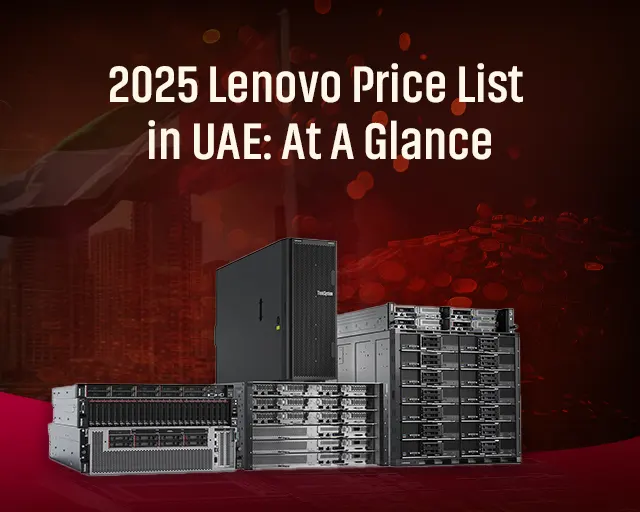What is an Asset Management System?

In simpler words, an asset management system is a software tool used to track and manage an organization's assets, such as equipment, inventories, and digital assets that employees use for operations. These assets can be tangible, such as tools, machines, laptops, furniture, etc., and intangible, such as software and financial investments. Organizations with a large number of assets find difficulty in managing them, but an asset management system makes it easy to track and manage all of them using a single platform.
Here we are discussing details about "What is an asset management system? and we will discuss the below key points:
- Asset Management System: Know the Basics
- Benefits of Using Asset Management Software
- Industry Applications
- InfoAsset: The Right Choice for Asset Management
Asset Management System: Know the Basics
An asset management system is like a central hub where businesses keep track of everything they own, from computers to machinery. Businesses need this system to easily know what they have, where it is, and how it is being used, which helps them make smarter decisions and avoid losing valuable resources.
Why Businesses Need An Asset Management System
- Businesses often struggle to know what they have and where it is without a system.
- Without tracking, the risk of theft or loss of assets increases significantly.
- Scheduling maintenance becomes difficult, leading to breakdowns and higher repair costs.
- Inaccurate records hinder informed decisions on purchasing and budgeting.
- Poor visibility can lead to underutilized or overused assets, reducing efficiency.
Benefits of Asset management Systems
Asset management systems are created to help you easily track and monitor the assets of all types in your organization. This helps you get full control over your assets. This can help you lower your costs by analyzing what assets are good and what assets are bad. You can manage the assets throughout their entire life cycle through accurate and comprehensive recordkeeping and easy-to-compile reports. With asset management software, you can analyze the user, condition, lifespan, and maintenance time of an asset. Explore the benefits you get with the best asset management software in the below points.
- Continuously monitor asset usage and make data-driven decisions to improve performance and reduce inefficiencies.
- Schedule and track preventive maintenance and routine inspections, preventing costly repairs and reducing downtime.
- Regularly check and ensure assets are functioning optimally, contributing to smooth business operations.
- Achieve greater transparency in asset management.
- Reduce operational and maintenance costs through smarter asset management and improved resource allocation.
- Protect assets from theft, loss, or damage by ensuring proper tracking and timely maintenance, reducing risks to business operations.
Industry Applications
-
Educational Institutions
In educational institutions, assets such as computers, projectors, lab equipment, library books, tablets, office files, ID card printers, sports equipment, and furniture need to be efficiently managed. An asset management system can help you manage all of them easily.
-
Healthcare
In the healthcare sector, asset management systems play a crucial role in managing high-value and critical assets such as medical devices, equipment, and patient records. Medical equipment, pharmaceuticals, lab equipment, hospital furniture, nurse calling systems, and drugs are important assets that need to be observed all the time.
Here are the key benefits of asset management system in healthcare sectors:
- Unified record-keeping for diverse assets (medical, pharmaceutical, and furniture).
- Real-time asset location and usage tracking.
- Barcode and RFID tagging for accurate tracking.
- Expiration date tracking for medical products.
- Compliance with healthcare regulations (FDA, HIPAA).
- Auditing and reporting for inspections.
IT Organizations
The asset management system efficiently handles a wide range of assets in IT organizations, including computers, laptops, servers, networking equipment, data storage devices, software licenses, peripheral devices, telecommunication equipment, security systems, backup systems, and smartphones.
Explore how asset management systems can revolutionize IT sectors’ operations with these key benefits.
- Centralized tracking of all hardware and software assets.
- Location and monitoring of assets across the organization.
- Identifying underutilized assets and optimizing resource allocation.
- Asset allocation and reduction of loss.
Construction Industry
The assets that need to be managed in the construction industry include heavy machinery, vehicles, power tools, building materials, safety equipment, temporary structures, mobile technology, and generators.
Discover the major advantages of implementing an asset management system in the construction industry.
- Tracking and managing expensive heavy machinery and vehicles.
- Monitoring power tools, safety equipment, and materials.
- Ensuring the efficient allocation of resources to minimize losses.
Other industries
Corporate Offices
- IT equipment (computers, laptops, printers)
- Office supplies (furniture, stationery)
Retail
- Inventory management (stock levels, product availability)
- Equipment (POS systems, cash registers)
Logistics
- Warehouse equipment
- Fleet and vehicle management
- Shipment tracking and supply chain visibility
Manufacturing
- Machinery and production equipment
- Spare parts and maintenance schedules
Government
- Public infrastructure assets
- Office equipment and vehicles
Telecommunications
- Network equipment and infrastructure
- Server and data center management
Financial Services
- IT infrastructure and office equipment
- Compliance-related assets (e.g., secure document management)
General Benefits Across Industries
- Efficiency: Streamlined asset monitoring and management.
- Cost Control: Identifying underutilized or overused assets to reduce costs.
- Security and Compliance: Preventing theft, ensuring regulatory compliance, and maintaining operational efficiency.
- Real-time Tracking: Immediate visibility of asset status, location, and condition.
To learn more about how asset management can help your industry, refer to the blog “5 Industries that Need Perfect Asset Management Solution” that discusses in detail about how asset management systems can help 5 major industrial sectors.
InfoAsset: The Right Choice for Asset management
If you are struggling to keep a proper system to track asset usage, maintenance, and compliance, you need a perfect asset management system that can address these challenges by automating the asset tracking process. Therefore, we have created a unified platform for asset management named InfoAsset. This cloud-based asset management system helps you always stay updated and aware of where and how your assets are, no matter the size and industry of your business. InfoAssets is all set to help all-sized organizations effectively and easily track and manage assets, including fixed assets, digital assets, software and hardware assets, etc.
The InfoAsset asset management system is designed and developed by a group of expert professionals at Infome Technologies, a leading IT solution supplier in UAE. Focusing on providing a centralized platform for asset management in businesses. InfoAsset is your perfect choice to keep your enterprise assets, even if it is smaller in size. Feel free to reach out to us today.



